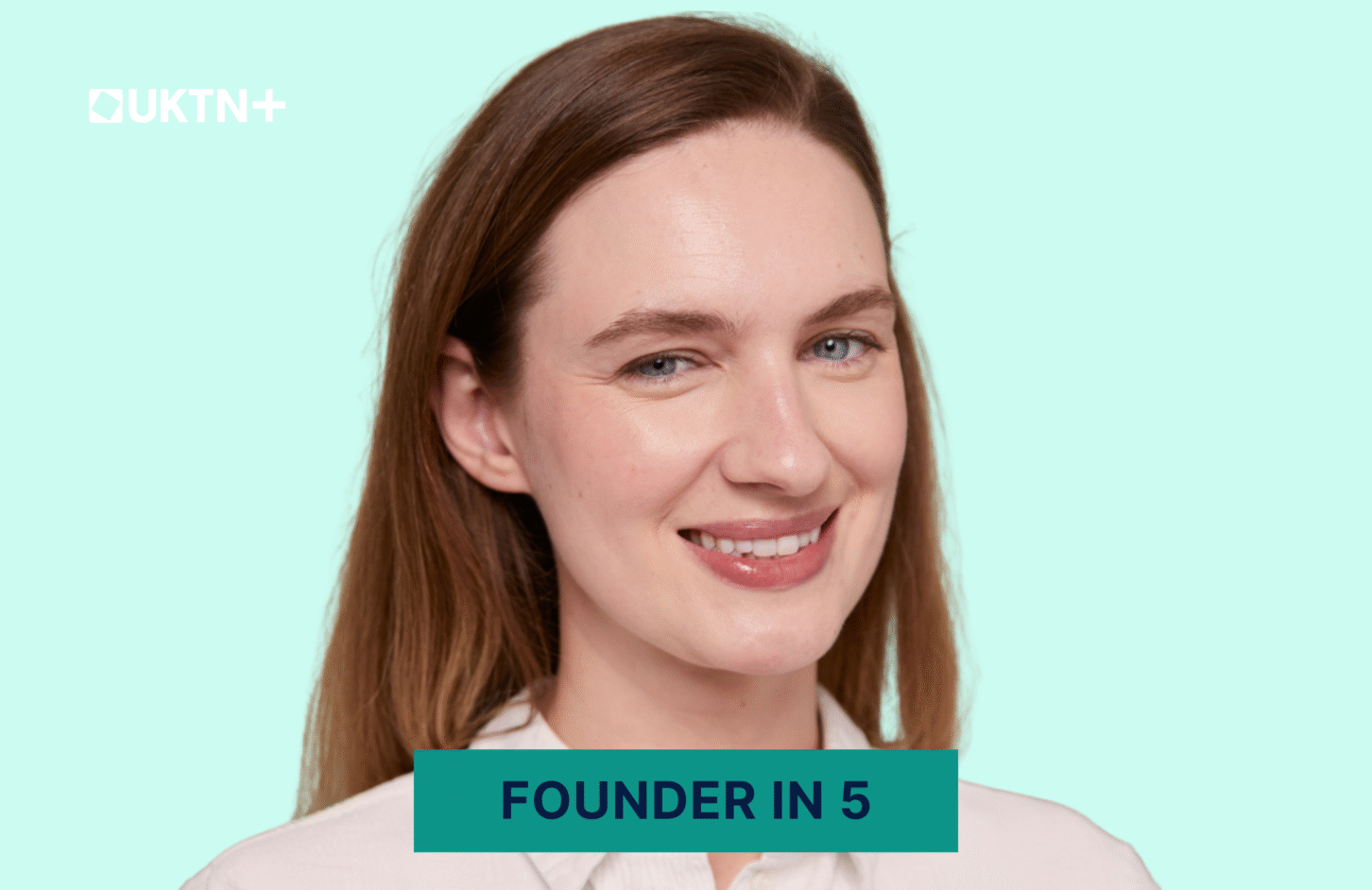🗓 July 2025 | HackerNoon Contributor
Legal firms aren’t known for embracing change—especially when it comes to technology. But when Ulugbek Tashpulatov, a systems strategist originally from Uzbekistan, joined Baltabek Law in New York in late 2023, he didn’t bring disruption. He brought structure.
Over the next 18 months, Tashpulatov quietly rebuilt the entire tech architecture of the firm—from fragmented inboxes and outdated workflows to a fully integrated, secure, and automated cloud-based system. He did it without outside vendors, and without slowing the firm down.
He wasn’t the CIO. He wasn’t part of a big-name consultancy. But he understood something more important: how to make systems work for real people. And that made him one of the most effective digital operations architects working behind the scenes today.
From Textile ERP to U.S. Legal Infrastructure
Before arriving in the United States, Ulugbek served as CIO of a textile manufacturer in Uzbekistan. There, he led ERP and CRM implementations, developed secure backup systems, and built custom analytics dashboards. But the real test came when he transitioned to the high-risk, paper-heavy world of American law firms.
When he joined Baltabek Law, the firm’s tech setup was typical: Outlook emails, paper-based intake, inconsistent file storage, and no integrated client tracking. Nothing was connected. Nothing scaled.
Step One: Centralizing the Stack
Tashpulatov began by migrating the entire firm to Google Workspace, including Gmail, Calendar, Drive, Meet, and Vault. He created an enterprise-level Drive structure organized by department, case type, and confidentiality level—complete with granular permissions and retention policies.
He enforced role-based access control (RBAC) and configured Google Vault to meet legal retention standards. This formed the secure backbone of the new infrastructure.
Step Two: Automating Intake and Case Management
Next, he built an end-to-end automation flow using Google Forms, Google Sheets, and Monday.com. Client intake forms fed directly into structured workflows, triggering tasks, assigning team members, and syncing with the firm’s shared calendar.
He also migrated over 25,000 legal documents into Google Drive, applying metadata tagging and document security protocols to ensure full traceability and access control.
Step Three: CRM and Client Lifecycle
To manage clients beyond the inbox, Tashpulatov implemented and customized HubSpot CRM. He built out automated pipelines for lead intake, follow-ups, and engagement tracking—finally giving the firm visibility into its own client journey.
Data from HubSpot was then integrated into executive dashboards for ongoing performance monitoring.
Step Four: Real-Time Reporting Without a Data Team
Using Google Looker Studio, he designed custom dashboards combining live data from Google Workspace, HubSpot, and Monday.com. The leadership team could now track:
- New client intake rates
- Task and deadline compliance
- Conversion funnels
- SLA visibility
This required no data warehouse, no third-party dashboards, and no consultants—just smart system design.
Step Five: Cybersecurity by Default
In a legal environment, data breaches aren’t just expensive—they’re reputational. Tashpulatov implemented:
- Bitdefender GravityZone endpoint protection
- Two-factor authentication (2FA) via Google Authenticator
- Automated cloud backups using Backblaze B2
- Strict link-sharing policies and audit logs
Security was built in—not bolted on.
Step Six: Team Buy-In
Technology fails without adoption. So he developed clear, role-specific SOPs, led staff onboarding, and created self-service documentation for future training. Instead of forcing new tools, he showed how they solved old problems.
By early 2025, every team—from intake to litigation support—was operating within the new digital ecosystem.
What Makes Him Different?
Ulugbek Tashpulatov doesn’t pitch. He maps. He builds. He documents. He trains.
He doesn’t come in with a toolkit—he comes in with questions.
He designs digital infrastructure not for headlines, but for consistency. Systems that people actually use. Systems that stay in place even after he’s gone.
What’s Next
Now, Ulugbek Tashpulatov wants to begin working independently—offering consulting services to small and mid-sized firms in the U.S. that are ready to modernize their operations, automate their workflows, and secure their data environments without bloated overhead.
His approach is pragmatic, documentation-first, and designed for real-world use.
In a tech world addicted to new features and shiny dashboards, he reminds us:
The best infrastructure is the kind that quietly works, every single day.
📧 [email protected]
🔗 linkedin.com/in/udtashpulatov










